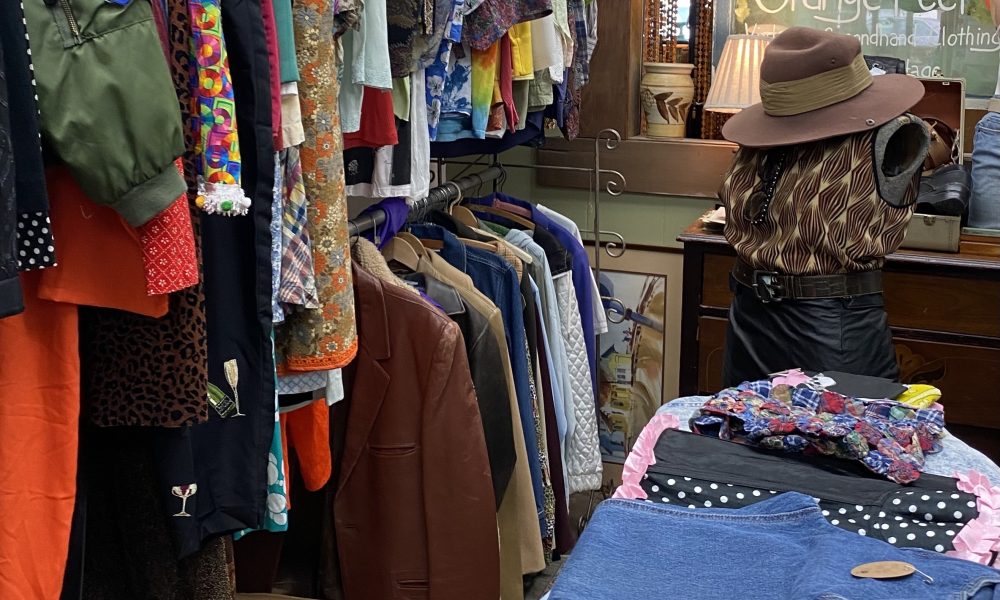The expectations from the sustainability movement can sometimes feel impossible, especially in the age of social media where people guilt trip and virtue signal about how they practice veganism, environmentalism or sustainable shopping better.
Some people believe that the only way to sustainability in fashion is to use what is in your closet and cut off shopping altogether. Others say you should shop from sustainable brands. Some people are proponents of thrifting.

Although these methods may be the most sustainable in actuality, they are not realistic options for everyone.
There are many limiting factors that prevent sustainable fashion from being completely accessible: clothing size, finances, location and transportation are some of the most common issues.
Suppose you have to give a presentation in class, and the professor requires a dress code requiring clothing you don’t own. Maybe you can’t find what you need at a thrift store and can’t afford to shop at a store with sustainable practices.
In this situation, your only option might be to shop at a fast fashion store like Forever 21 or H&M. Contrary to the purist rhetoric of many sustainability advocates, buying an article of clothing or two from these corporations isn’t the end of the world; you aren’t a bad person for doing so. Even if compromises must be made, harm reduction is still possible.
The principles of “harm reduction” are typically used in reference to drug use. The idea is that it’s preferable for people to have safe-havens and overdose protocol rather than no safe drug practices in place at all.
Harm reduction practices, in this context, contribute to lives saved and reduce the chance of negative consequences. Although drug use isn’t ended completely, people are better off with harm reduction strategies.
This concept of harm reduction can also be applied to sustainability practices, including sustainable fashion, as it is better to be imperfectly sustainable than making no effort at all.
Everyone is coming from a different place, and there isn’t a one-size-fits-all guide for both sustainable and accessible shopping. However, there are a few general principles that can be followed to shop sustainably.
Buy second-hand thrifted or vintage clothing when possible. Buy clothes that you’ll actually wear, clothes that you won’t want to get rid of later. Try to get creative with the clothes you have rather than buying more.
At the same time, be compassionate with yourself. Allow little exceptions here and there, if needed in your situation. Not everyone has the privilege of being able to do what is best for the environment all of the time. The pressure of perfectionism and guilt will burn you out.
By looking at sustainable fashion from the lens of harm reduction, it’s easier to stay consistent while still helping the planet.




